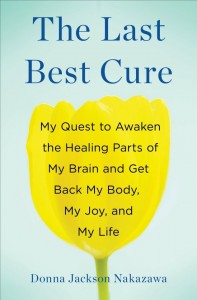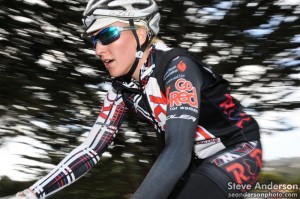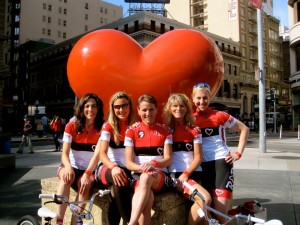Every now and then, like when it’s well past midnight and I’m setting my alarm for 4:45 so I can get some work done, or when we’re trading notes on how many loads of laundry and changes of clothes Norovirus necessitated, my husband and I will mutter “Living the dream,” and smile (smirk?) at each other.
Of course we always say it in jest, and because sometimes a little levity can make another pre-dawn computer session or raging case of toddler vomit a bit more manageable.
The thing is, though, we really are. Living the dream, that is—our particular notion of what a dream should look like, anyway, and all the lack of sleep and crazy juggling and contagious viruses and daily minutiae pale in the face of that.
I don’t like winter. The days are too dark, everyone is sicker more often, and this winter there are just too many variables to manage—teaching, side projects, book launch, merit review, household maintenance, chest PT, and of course, the really heavy stuff, like watching my father’s kidney failure progress and working on the logistics of a transplant and medically complex post-op care plans. I am tired, and I just want it to be spring.
The irony that spring represents hope and renewal is not lost on me. (But really, I’d be happy with weather warm enough for a trip to the playground, or possibly a nap.)
Anyway, as we claw our way through this snowbound February (and yes, it really is starting to stay lighter later on), I’ve taken to re-framing how I think about nineteen-hour days and the often overwhelming nature of the here and now.
Living the dream. We have a happy, healthy, joyful little girl. When she is at school, she is in a wonderful place where she is loved and where she is thriving. I get to spend so much time with her every day, a lot more time than I would in other professions, and I try not to take that for granted, ever. We go to the library and playspaces and gymnastics class, we do playgroups and playdates. We read books on the couch and hide treasures in her tent and I try to say yes to finger paints more often than not—“Just throw me in the tub right after, okay, Mama?” All the other stress and sadness and obligations of life fade away.
Part of this is because higher education is a bit more flexible schedule-wise, part of this is because I am willing to work late nights and early mornings, and a huge part of it is because I work for a wonderful institution with accommodating superiors and administrators. They support me and allow me to do what I enjoy with students I enjoy. There is room for professional growth, and innovation and initiative is rewarded with responsibility and recognition.
I have an agent and a publishing team who have been equally accommodating, and whose guidance has really helped my writing career. And lately (stay tuned) some incredible writing opportunities have come my way, things I wouldn’t have thought possible if I had sought them out myself, and all I can do is be grateful and give them my all.
My husband is almost two years into starting his own business, and while the hours are long for all of us, the benefits outweigh the (many) stresses. Seeing him get great press or expand his production facilities to meet increased demand is nice, of course. But knowing he is doing something he believes in, and something that while grueling, allows him the flexibility to come to her doctor appointments, drop her off at school, and be present in so many aspects of her daily life, is even better.
Along the way, we’ve been blessed personally and professionally with mentors and cheerleaders, those whose encouragement, advice, and enthusiasm have helped us to take risks and fight for the life we want.
Way back in the day, I wrote this post on how it takes a village when it comes to having chronic illness and raising children. And it absolutely does—when she’s sick or I’m sick or we’re both sick, we need helping hands. But unsurprisingly, my pre-child understanding of that village was a bit narrow.
The village stretches far beyond those who can help out when we’re sick, or watch our daughter so I can go to the hospital. It also includes the cheerleaders and the mentors, the bosses and the schedulers and the administrative staff, the professional colleagues who go out of their way, the doctors, nurse practitioners, and nurses who manage our conditions, my physical therapists, the daycare staff, and so many more. It’s the family and friends who are a constant, and those who understand when life gets complicated and we fall off the radar.
If I’ve learned anything in the months since we started looking for a living donor for my father and we’ve witnessed the amazing outpouring of support and sacrifice, it’s that the web of people who care is intricately linked and stretched out beyond our immediate circle, and beyond the circle beyond that circle, even.
I won’t deny this is a hard season we’re in, in every sense of the term. As is always the way, it seems like there are so many exciting things going on right when so many tough things are. I know things will get easier soon, when the book is launched and I’m feeling better and the work winds down a bit. I also know that things could get much harder before they begin to get easier. I can’t wait for spring, but the enormity of what could happen between now and then is hard to translate.
For now, I am keenly aware of all the scaffolding that exists that supports us and enables us to live this dream, in all its imperfections.







